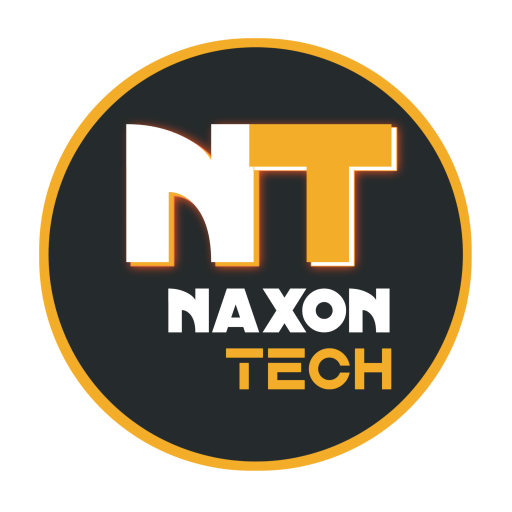In this article, we will delve into the comparison between Snapdragon 4 Gen 1 vs MediaTek Dimensity 6020, focusing on key performance metrics, power efficiency, and other crucial aspects. The battle for supremacy among chipset manufacturers is fierce. Qualcomm and MediaTek are two giants in this arena, each constantly striving to outdo the other with their latest offerings.

Table of Contents
Snapdragon 4 Gen 1 vs MediaTek Dimensity 6020
CPU Performance
- Snapdragon 4 Gen 1 features a 6nm process, while Dimensity 6020 uses a 7nm process. The smaller transistor size of the Snapdragon chipset can contribute to better efficiency and performance.
- Dimensity 6020 boasts a 10% higher CPU clock speed, with a frequency of 2.2 GHz, as opposed to Snapdragon 4 Gen 1’s 2.0 GHz.
The CPU performance is a critical factor in determining the overall user experience, from smooth multitasking to responsive app launches. Based on the Geekbench and ANTUTU scores the winner can be decided. Let’s deep dive into it:
AnTuTu 10
AnTuTu measures CPU, GPU, RAM, and I/O performance in different scenarios:
- Snapdragon 4 Gen 1 scores around 411,000.
- Dimensity 6020 slightly outperforms with a score of 424,104.
GeekBench 6
GeekBench focuses on single-threaded and multithreaded CPU performance:
- Snapdragon 4 Gen 1 excels in single-core performance with a score of 839. In multi-core performance, Snapdragon 4 Gen 1 scores 1,891.
- Dimensity 6020 scores 733 in single-core performance, while Dimensity 6020 scores 1,933 in multi-core performance.
Battery Life
Battery life is a vital concern for any smartphone user. The lower CPU clock and 6nm architecture on Snapdragon 4 Gen 1 take the lead here, offering more efficient power consumption, which translates to longer usage on a single charge.
Graphics (GPU)
- Dimensity 6020 has a higher GPU frequency (about 15% higher) with its Mali-G57 MP2, clocked at 950 MHz. In contrast, Snapdragon 4 Gen 1 features an Adreno 619 GPU with an 825 MHz frequency.
Memory
Both chipsets use LPDDR4X memory with a 2133 MHz frequency, featuring similar bus configurations and max bandwidth.
Multimedia (ISP)
Both chipsets are equipped with capabilities for video and camera processing. However, Snapdragon 4 Gen 1 supports up to 108MP camera resolution, while Dimensity 6020 can handle a 64MP main camera and two 16MP sensors.
Connectivity
Both chipsets support 4G and 5G connectivity. While Snapdragon 4 Gen 1 utilizes the Snapdragon X51 modem, Dimensity 6020 does not specify its modem. However, both offer impressive download and upload speeds.
| Aspect | Snapdragon 4 Gen 1 | Dimensity 6020 |
|---|---|---|
| Benchmarks | ||
| AnTuTu 10 Score | 411,000 | 424,100 |
| GeekBench Single-Core | 839 | 733 |
| GeekBench Multi-Core | 1,891 | 1,933 |
| Specifications | ||
| CPU | 2x 2 GHz Cortex-A78, 6x 1.8 GHz Cortex-A55 | 2x 2.2 GHz Cortex-A76, 6x 2 GHz Cortex-A55 |
| Process | 6 nm | 7 nm |
| GPU | Adreno 619 | Mali-G57 MP2 |
| GPU Frequency | 825 MHz | 950 MHz |
| Memory Type | LPDDR4X | LPDDR4X |
| Max Camera Resolution | 1x 108MP | 1x 64MP, 2x 16MP |
| Video Capture | 1K at 60FPS | 2K at 30FPS |
| 5G Support | Yes | Yes |
| Download Speed | Up to 2500 Mbps | Up to 2770 Mbps |
| Wi-Fi | Wi-Fi 5 | Wi-Fi 5 |
| Bluetooth | 5.2 | 5.1 |
| Announced | October 2022 | March 2023 |
| Model Number | SM4375 | MT6833 |
Snapdragon 4 Gen 1 vs MediaTek Dimensity 6020: Key Differences
To summarize the main differences and advantages of each chipset:
Pros of Qualcomm Snapdragon 4 Gen 1:
- Smaller size transistor (6nm) contributes to better efficiency.
Pros of MediaTek Dimensity 6020:
- Higher GPU frequency (about 15%).
- 10% higher CPU clock speed (2.2 GHz vs. 2.0 GHz).
In conclusion, both Snapdragon 4 Gen 1 and MediaTek Dimensity 6020 are competitive mid-range chipsets, with each offering its unique strengths. Dimensity 6020 excels in CPU clock speed and GPU frequency, making it an excellent choice for gaming and multimedia tasks. On the other hand, the Snapdragon 4 Gen 1 boasts a more efficient battery consumption and a smaller transistor size, which can contribute to longer battery life. Ultimately, the choice between these two chipsets will totally depend on your specific needs and the smartphone they are integrated into.
